Deep inside the belly of the Royal BC Museum’s much-anticipated new exhibit, Orcas: Our Shared Future, hangs a full-size whale skeleton: Rhapsody, also known as J32, from the Southern Resident Orcas. The skeleton looks as you might expect — a long graceful spine and full ribcage — except for two tiny splints of bone hanging underneath. They’re not connected to the rest of the skeleton, and don’t seem to fit with the rest of the whale’s shape.
It’s a pelvis, left over from when whale ancestors used to walk on land.
“The splints don’t tell us anything we didn’t already know from the fossil record,” says Dr. Gavin Hanke, Curator of Vertabrate Zoology for the Royal BC Museum. “Fossils show a pretty good continuum of animals with legs, to fully aquatic whales with reduced hind limbs, to nearly modern whales with no external legs.”
Many Indigenous nations along the west coast remember, through their oral histories, when whales walked on land, and the science has finally caught up. Orcas aren’t as different from humans as colonial cultures may have thought. Does that knowledge change how we treat them, and their habitat?
Are orcas property? Family?
The Royal BC Museum exhibit begins by pulling visitors underwater, immersing them in the orca’s world. Life-size models swim past screens projecting ocean sights and sounds. They’re much bigger than expected. Dr. Hanke says the three models – Slick (J15), Scarlet (J50) and Ruffles (J1) – are true-to-size based on measurements from drone footage.
“I asked a colleague how big to make Ruffles, and he said, make him big. Add some more. Then when you think it is ridiculously large, add a bit more. But to fit Ruffles in the gallery, we went with the lower-end estimate from drone footage (6.8 meters). He probably was 7.2 meters or larger.”
The models of these orcas are accompanied by distinctly human biographies — even their names emphasize their humanity, and demonstrate our long fascination. Scarlet was a breech birth, born tail first. Other orcas gently used their teeth to pull her from her mother, Slick, and her skin was permanently scarred by the sharp teeth of the orca midwives. Rhapsody, the skeleton, died with a baby orca inside her womb — an infection from the miscarriage likely killed her.
VIDEO: Rarely seen orca known as ‘Chainsaw’ spotted off Victoria’s coast
Orcas live in close-knit pods made up of mothers and their children, each with a separate language, territory and habits. Their daily routine is similar to ours, a mix of relaxation, travel, socializing and foraging. Many Indigenous cultures along the west coast have considered Killer Whales family for centuries.
“All coastal nations have histories and connections with orcas. This is evident in the artworks created over a millennia,” says Lou-ann Neel, Curator of Indigenous Collections and Repatriation at the Royal BC Museum. “These histories (often dubbed ‘legends’ or ‘stories’ or ‘myths’) come from each family group in each Nation, so each history is unique and shares a different teaching. As such, there aren’t really any common or generalized stories that can be attributed across these Nations, which is why it is always important to check with the Nation and particular families from which a given history is told.”
The exhibit tells visitors a number of these histories through carving, weaving, animation and other arts. In many, supernatural Killer Whales bring people into their underwater towns and then return them home. The line between humans and other creatures seems increasingly blurred.
The exhibit closes with a look at orcas in popular culture — from the Vancouver Canucks logo to Shamu, Free Willy and Black Fish. Colonial cultures may have been slow to clue-in to the significance of orcas at first, but they’re clearly captivating the whole world now.
Will it change how we treat them, and the waters where they live?
To buy tickets and learn more about the exhibit, visit royalbcmuseum.bc.ca.
Plan your adventures throughout the West Coast at westcoasttraveller.com and follow us on Facebook and Instagram @thewestcoasttraveller. And for the top West Coast Travel stories of the week delivered right to your inbox, sign up for our weekly Armchair Traveller newsletter!
FURTHER READING: Researchers confirm new southern resident orca calf

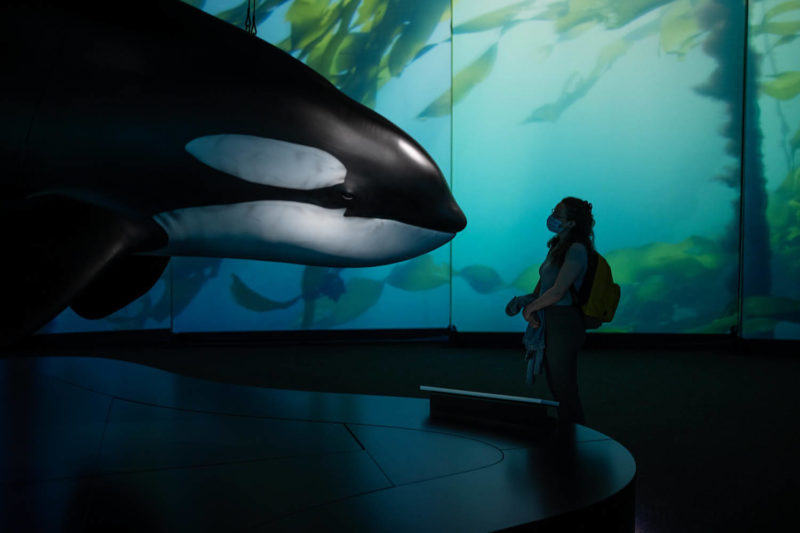
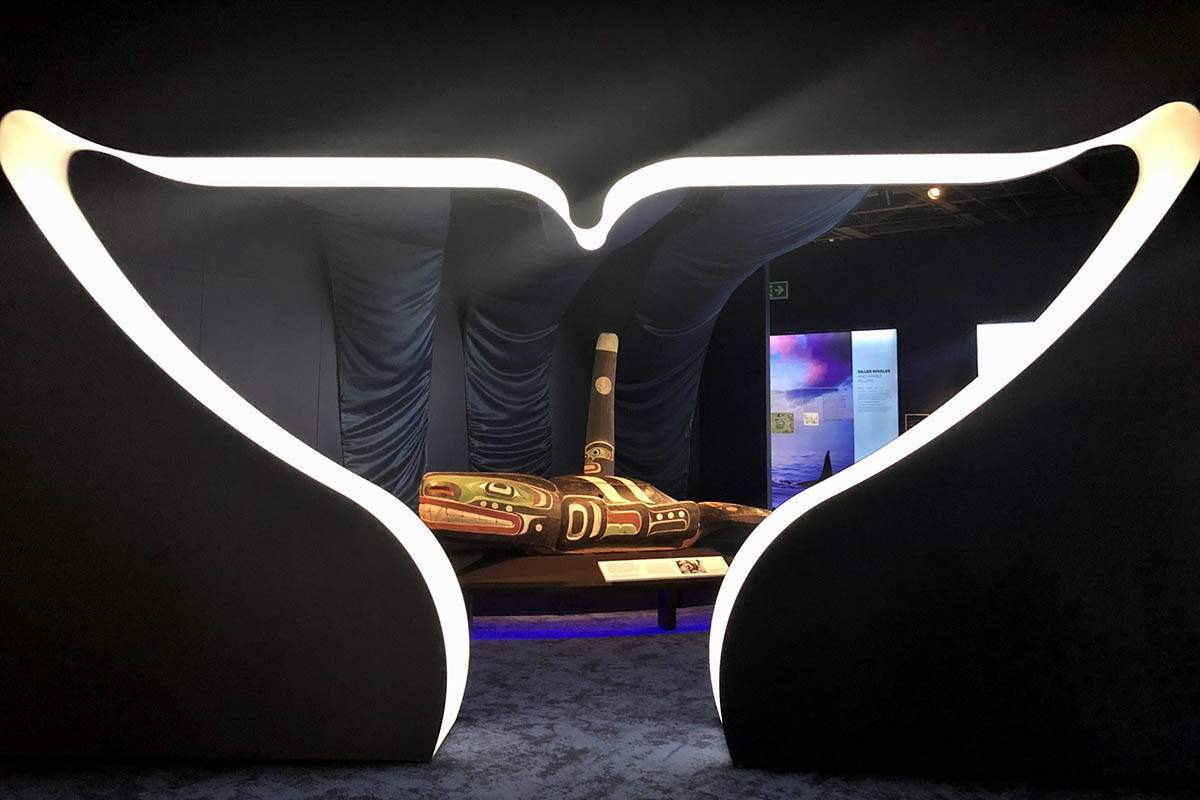
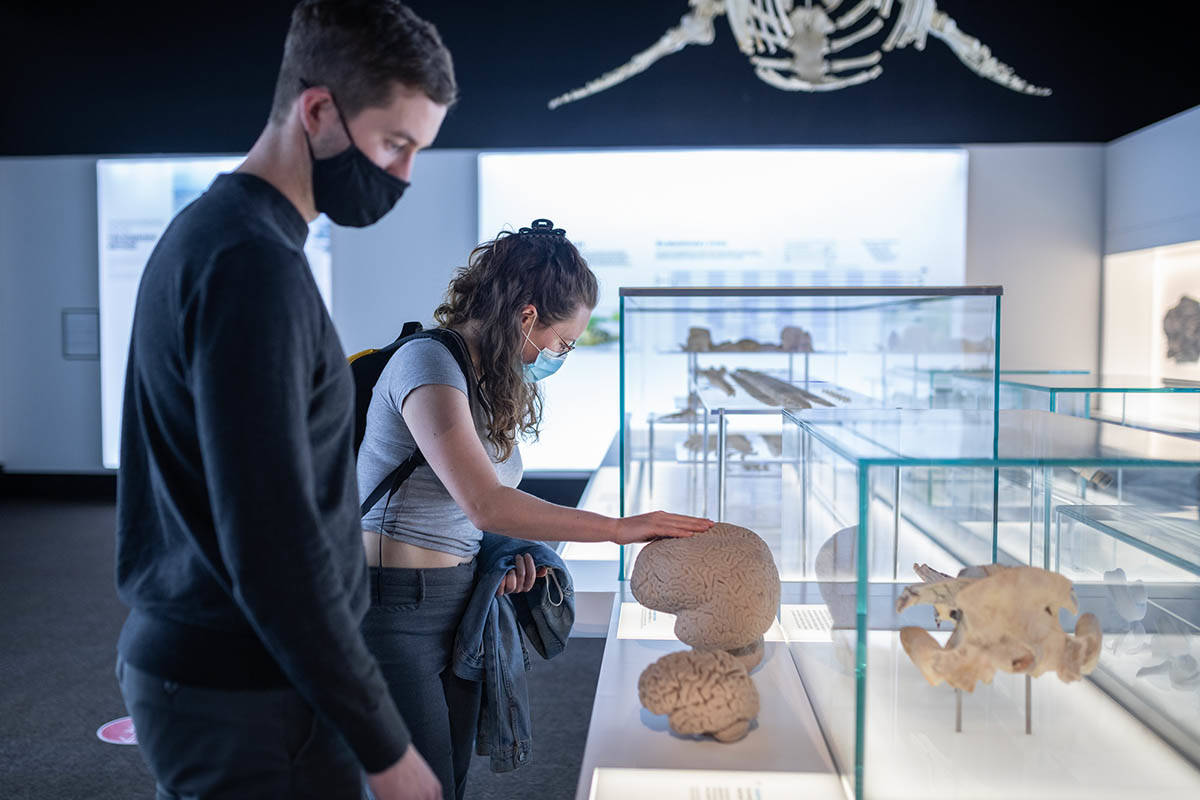
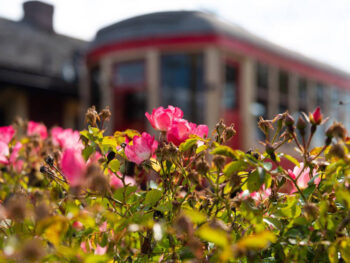

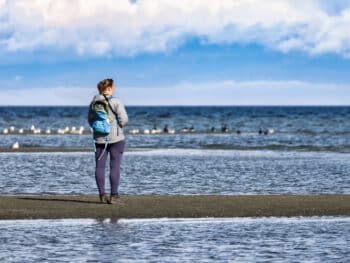
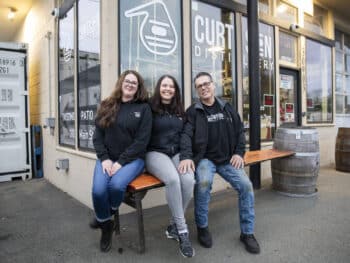

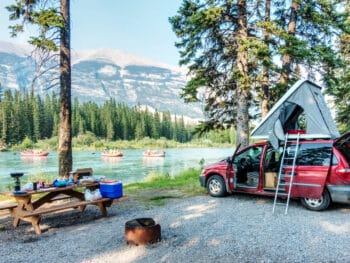

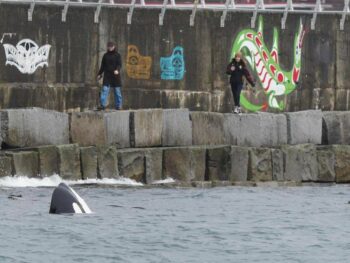
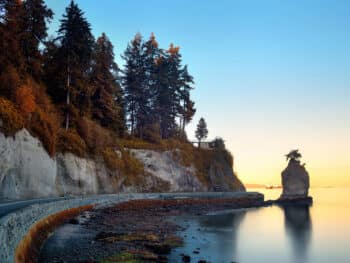
 Making Birch syrup a ‘labour of love’ for Bouchie Lake couple
Making Birch syrup a ‘labour of love’ for Bouchie Lake couple